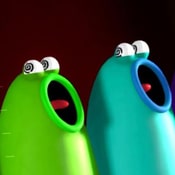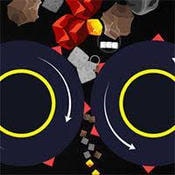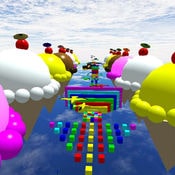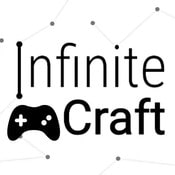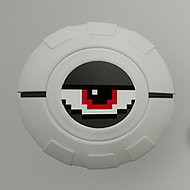Click To Continue
 0
0

Click To Continue opens with a blank screen and a simple prompt: one button, one instruction. It feels harmless—almost meaningless. But the moment you press that button, something strange begins to happen. Text shifts, words change tone, and the interface starts to feel aware. The game observes you as much as you observe it. With every click, you advance deeper into a strange dialogue about choice, persistence, and curiosity. It’s a game built around repetition, yet no two interactions feel the same. What seems like an idle clicker quickly becomes a mirror reflecting how you play, think, and react.
The Loop of Continuation
The structure of Click To Continue revolves around one mechanic: clicking. But behind that simplicity lies a reactive system that tracks how you play. The timing of your clicks, your pauses, your frustration—all of it influences what happens next. Sometimes, the text encourages you. Other times, it mocks you. The game might freeze for a few seconds, daring you to wait, or change color entirely, as if questioning your patience. Progress feels uncertain, but that’s intentional—the illusion of control is part of the experience.
- Behavior Tracking: The system records patterns like speed, delay, and persistence.
- Emotional Feedback: Text changes tone depending on your approach.
- Unpredictable Flow: Each click may reveal humor, frustration, or silence.
- Minimalist Visuals: Clean design focuses your attention entirely on choice.
When a Button Becomes a Question
As you continue, the question shifts from “what happens next?” to “why am I still clicking?” Click To Continue transforms into a self-aware conversation about motivation. Are you chasing an ending, or are you compelled simply to keep moving? The system blurs the line between progress and habit, forcing you to consider what “continuing” actually means. Some paths lead to small revelations, others simply loop, mocking the desire for closure. But every outcome is part of the design—the story only exists through your persistence.
- Philosophical Undertone: The act of clicking becomes symbolic of control and surrender.
- Multiple Interpretations: Every player’s path represents a different mindset.
- Self-Aware Writing: The text reacts as though it knows you personally.
- Subtle Endings: There’s no traditional win—only understanding.
The Freedom to Stop
Eventually, the game offers you the choice to stop. It doesn’t force you; it merely invites reflection. The final realization is that the game was never about the outcome but the act itself. Clicking becomes a metaphor for persistence—the will to move forward without knowing why. It’s both funny and unsettling, a minimalist meditation on interaction. Click To Continue takes the smallest mechanic in gaming and turns it into something profound: a commentary on attention, repetition, and the meaning we assign to motion.
- Player-Driven Resolution: The ending depends on when you decide you’ve had enough.
- Replay Variation: New responses appear on later playthroughs.
- Emotive Design: Silence and color shifts carry as much meaning as words.
- Abstract Narrative: The real story is your reaction to persistence itself.
Click To Continue succeeds because it refuses to explain itself. It doesn’t ask you to win—it asks you to notice. Each press is a choice, each pause a reflection. Whether you stop early or click forever, the experience remains personal. In the end, the game isn’t testing your skill; it’s testing your willingness to keep going.
Opinions
There are no reviews yet. Be the first one to write one.


